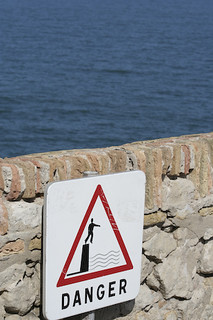
If we as a nation come out of the pandemic with a heightened awareness of and reaction to profound economic inequality and the systemic injustice in which it is rooted, it could be that the arts are in for a difficult time. As I wrote in my last post: In the minds of many, we are closely associated with the economic and social “elite.” This may bode ill for our organizations.
This association is as old as the U.S. I was first made aware of the depth and longevity of the attitude in Howard Zinn’s A People’s History of the United States. In it he documents a nineteenth-century riot in New York City in which a mob attacked the Astor Place Opera House, shouting, “Burn the damn den of aristocracy.”
The Astor Place Riot is a fascinating element of American history. The specific cause was a class-based controversy about whether a British or American actor was the better interpreter of Shakespeare. (I will now give everyone a moment to get their head around that! How times have changed from a moment in which Shakespeare’s plays were that important to mass audiences. ) The nativists favored the American; the elite, the Brit.
So antipathy toward “elite” arts has deep and old roots. I in no way envision post-pandemic replays of Astor Place. It is, however, possible that the body politic will come out of our current crisis more attuned to injustice than they were yesterday, and that policies and institutions associated with the “elite” could face extreme negative scrutiny.
If that is the case, I think of the Pete Seeger song, “Which Side Are You On?” (Lyrics) [The story is a part of U.S. history that few know–a violent confrontation between coal miners and law enforcement (supporting the mine owners) in southeastern Kentucky–but that’s not the point of mentioning it here.] It would make sense for any person, group, or institution to be seen as connected with (on the side of) broad sections of the population rather than a narrow niche.
It is also possible that we will come out of this with little immediate change in how extreme economic privilege is viewed. (The one-decade trajectory from the Occupy movement to the “mainstreaming” of Bernie Sanders, however, gives pause.)
Regardless, the viability of the nonprofit arts lies in expanding reach– becoming perceived as deeply valuable to many, many more people than is the case today. A pivot to engaging with new communities would be as timely as it is essential.
Next time I will try to wrap up this series with thoughts on “what comes next” for the arts and the role of community engagement in helping secure a more stable future for the nonprofit arts industry.
Engage!
Doug
This blog post is part of a series. If you’d like to see the whole series in one place, click here.
Photo:

